
Archaeologists surveying the oldest promontory fort in the world at Amnya, deep in the Siberian taiga. The 8000-year-old fort was constructed by hunter-gatherers, showing how agriculture was not a pre-requisite for social complexity #MesolithicMonday
🆓 buff.ly/3R63VLa
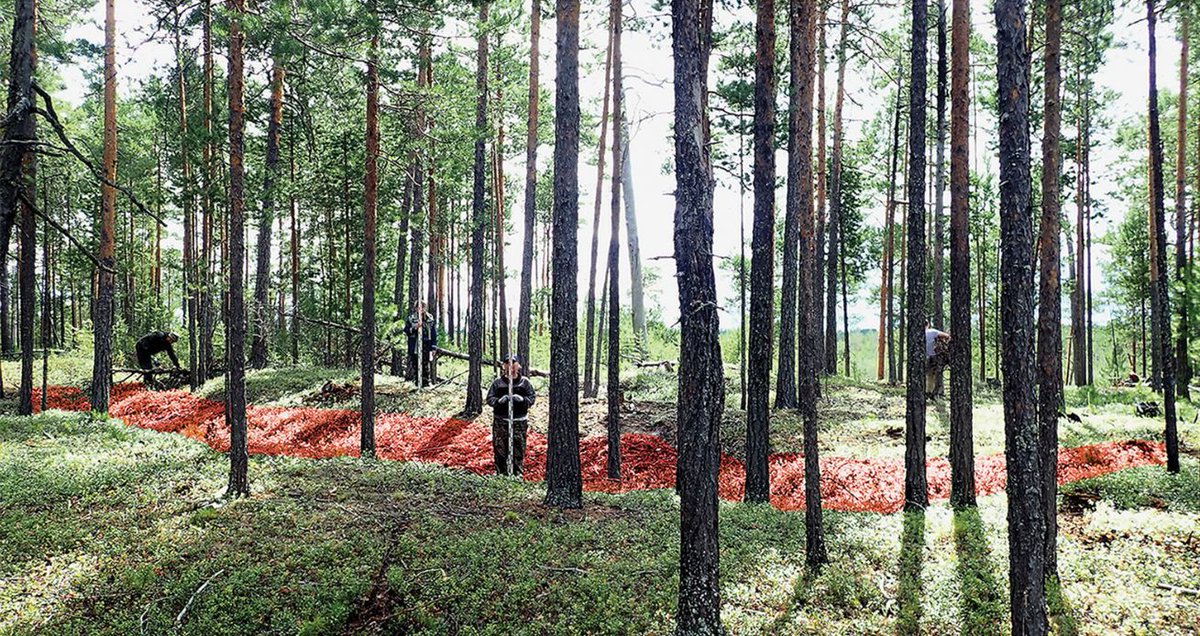

An incredible find for #MesolithicMonday – 25 huge pits found in Linmere, Bedfordshire 😍
This one site has the most of this type of pit found anywhere in England and Wales, PLUS it looks like they may be laid out in long lines!
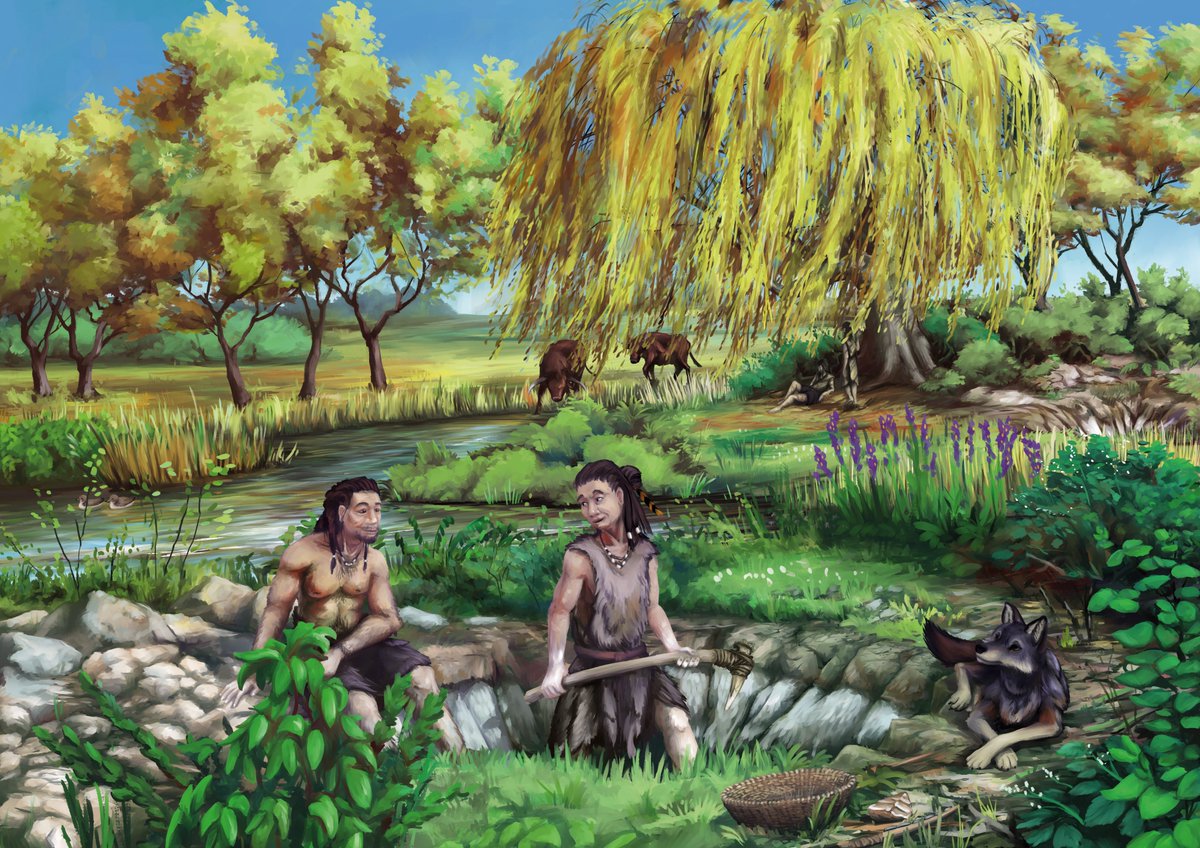

During the #Mesolithic in Northern Europe, new types of objects were decorated with different geometric motifs.
Radiocarbon dating of artefacts from Poland shows shared cultural ties across the Baltic. #Mesolithic Monday
🆓 buff.ly/48m8VTG
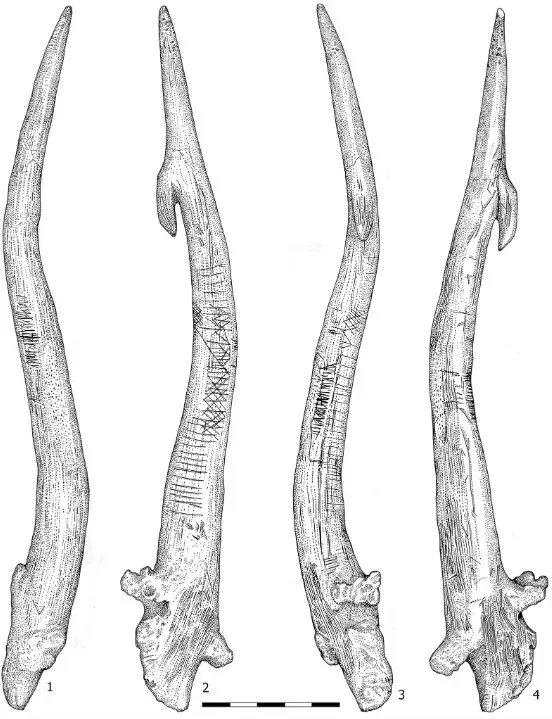

This antler baton from Szczecin-Podjuchy 🇵🇱 is engraved with geometric designs and a humanoid depiction.
Radiocarbon dating reveals how it shares similarities with contemporary art in southern Scandinavia and the North European Plain #MesolithicMonday
🆓 buff.ly/48m8VTG


Did incoming farmers replace hunter-gatherer populations in Western Europe, or did they live side-by-side? A new ancient DNA project seeks to examine this by comparing hunter-gatherer ancestry with that of farmers 🧬 #MesolithicMonday
🆓 buff.ly/3I3WJuZ
📷 W.G. Smith
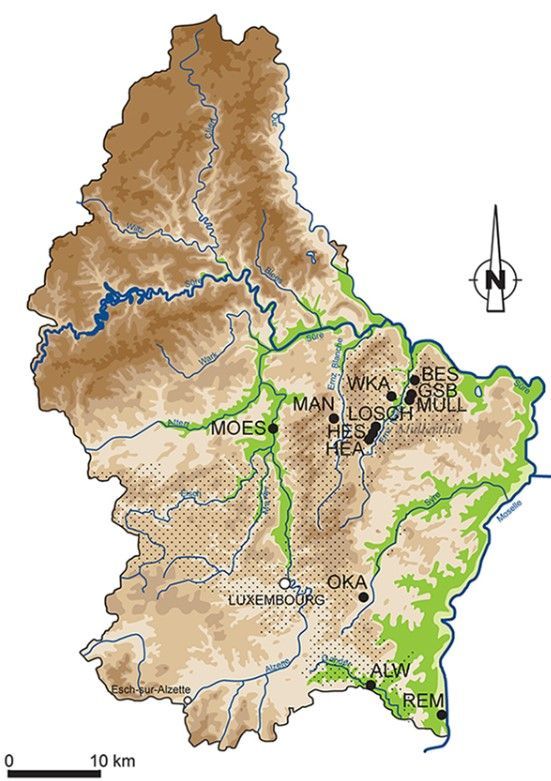

Cordage made from tree bast at the wetland hunter-gatherer site of Järvensuo 1 🇫🇮 #MesolithicMonday
Organic materials likely make up ~90% of the archaeological record, so sites with excellent organic preservation are vital to understanding the past.
🆓 buff.ly/3sNujBo
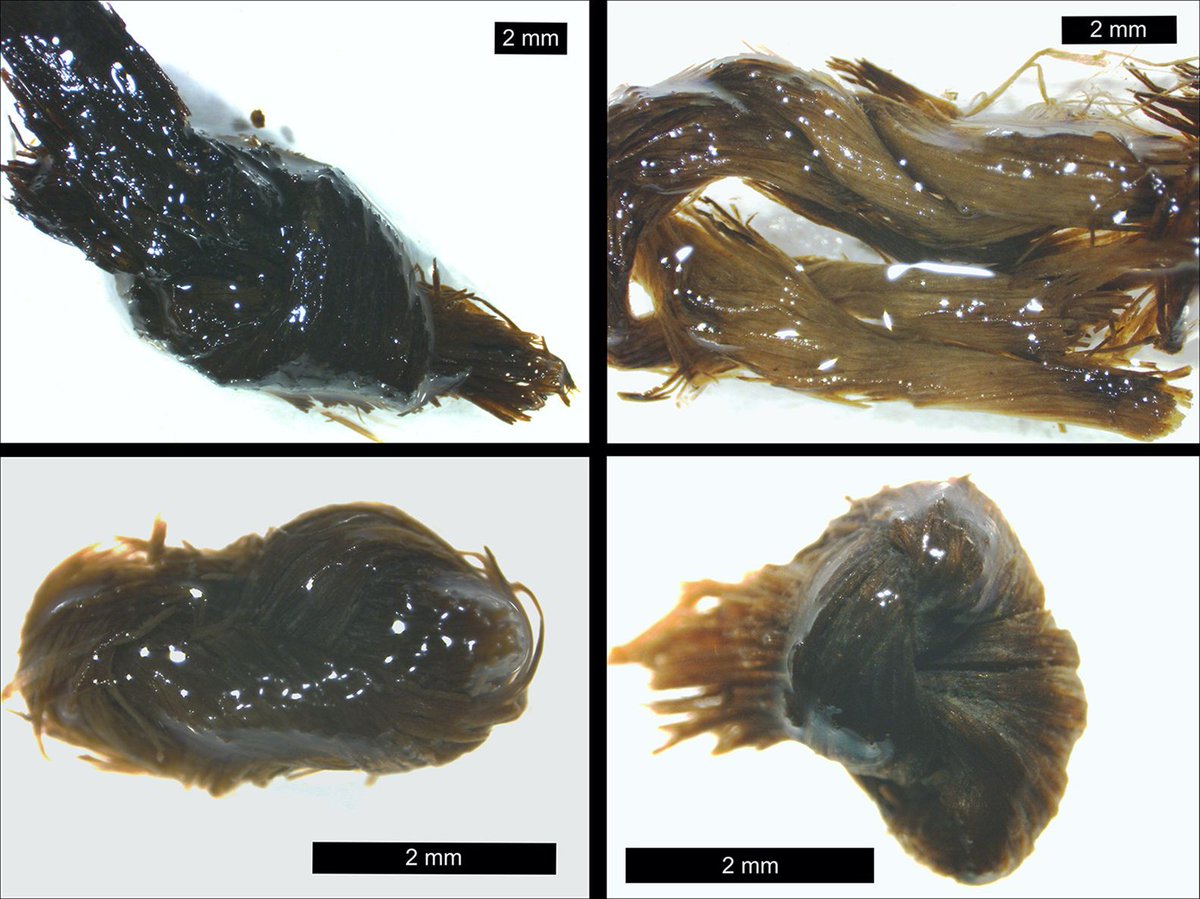

Manufacture wear on a bone instrument from the Mesolithic discovered in Poland, likely a projectile point that stayed fixed to wooden shaft during impact. The production process was expedient, but the final product very durable #MesolithicMonday
🆓 buff.ly/40QweRO


Fragment of a stone artefact from ~6,500-year-old Tainiaro, Finland's largest Stone Age cemetery #MesolithicMonday
The presence of tools suggests the site was also a settlement, despite being only 80km from the Arctic Circle! 🥶
🆓 buff.ly/46UxPrX
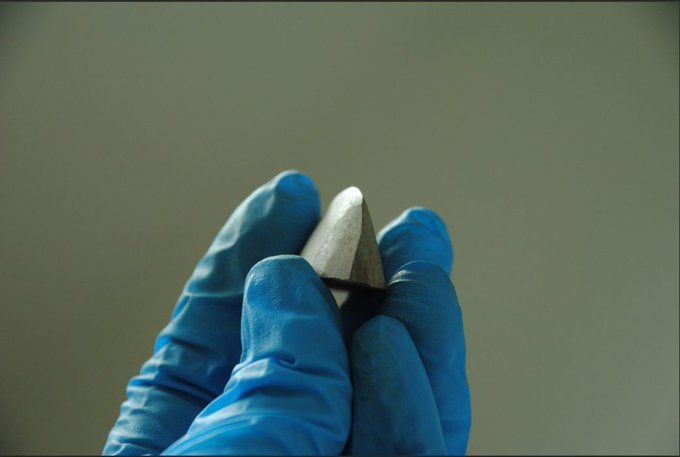

A complex instrument from the #Mesolithic discovered in Poland, likely a projectile point that stayed fixed to wooden shaft during impact.
Damage to the point suggests it was used over a long period - highly durable and efficient! #Mesolithic Monday
🆓 buff.ly/3HHBAak
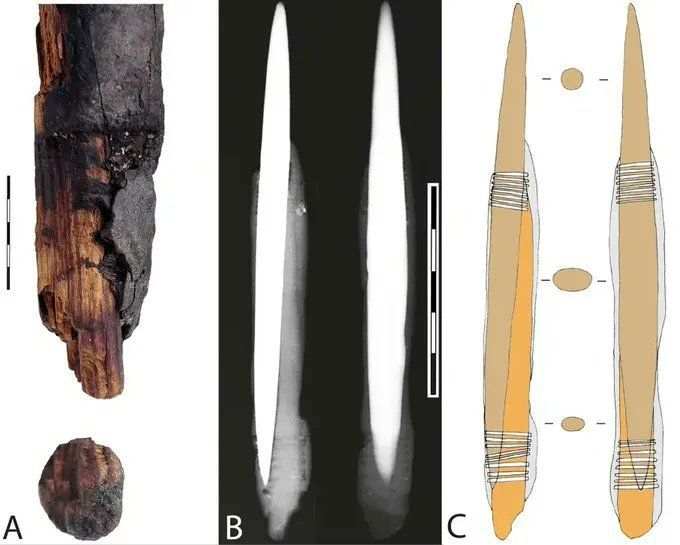

This bone fleshing tool is fearsomely named 'the Niezabyszewo flesher'. #MesolithicMonday
The engraved markings on its surface were made at different times, showing cumulative decoration and proving that the artefact was used over a long period.
🆓 buff.ly/48m8VTG
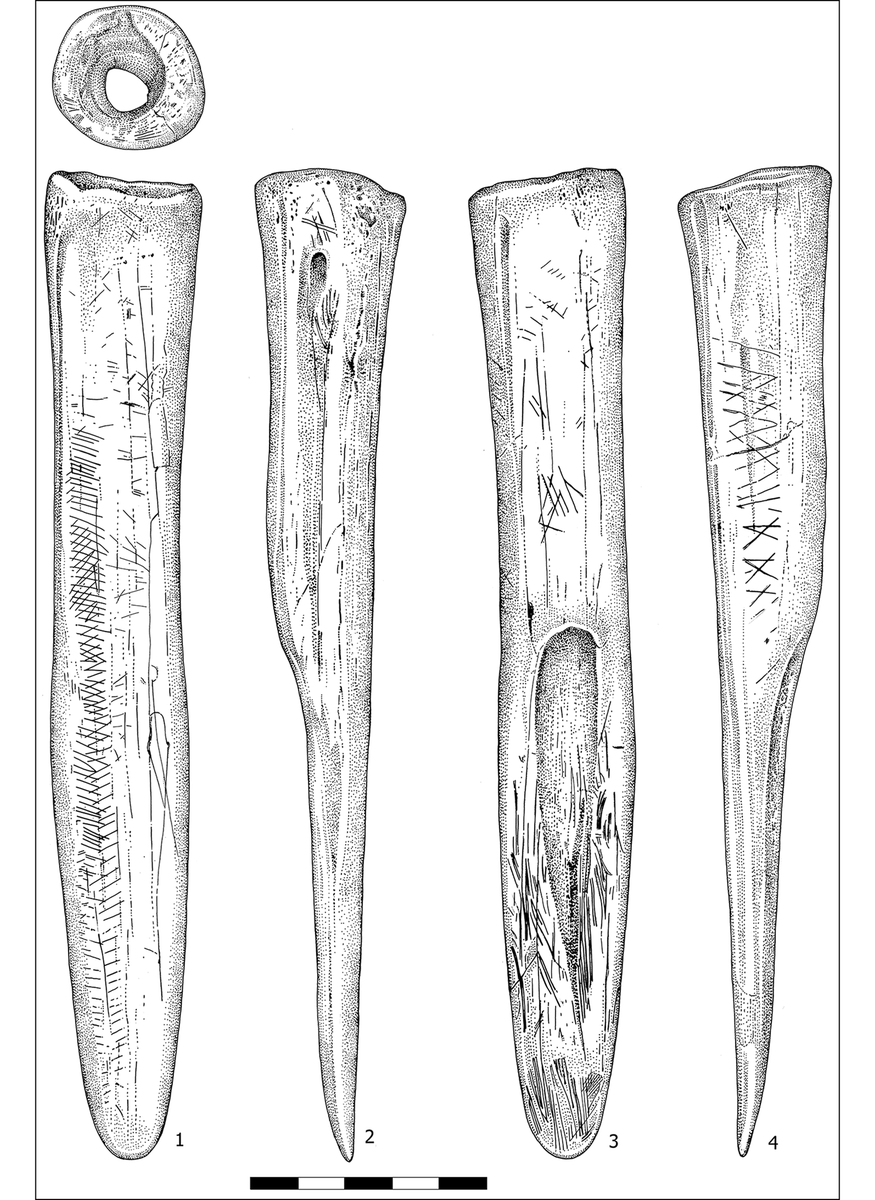

Archaeologists from University of Oulu excavating at the chilly cemetery of Tainiaro 🇫🇮 #MesolithicMonday
Despite being only 80km from the Arctic Circle, it is one of the largest in northern Europe, showing Stone Age societies also thrived in the cold north.
🆓 buff.ly/46UxPrX


@Stone_bothering always thought Sillbury Hill needed a moat 🌊💙🌊 #MesolithicMonday #lunarLundi